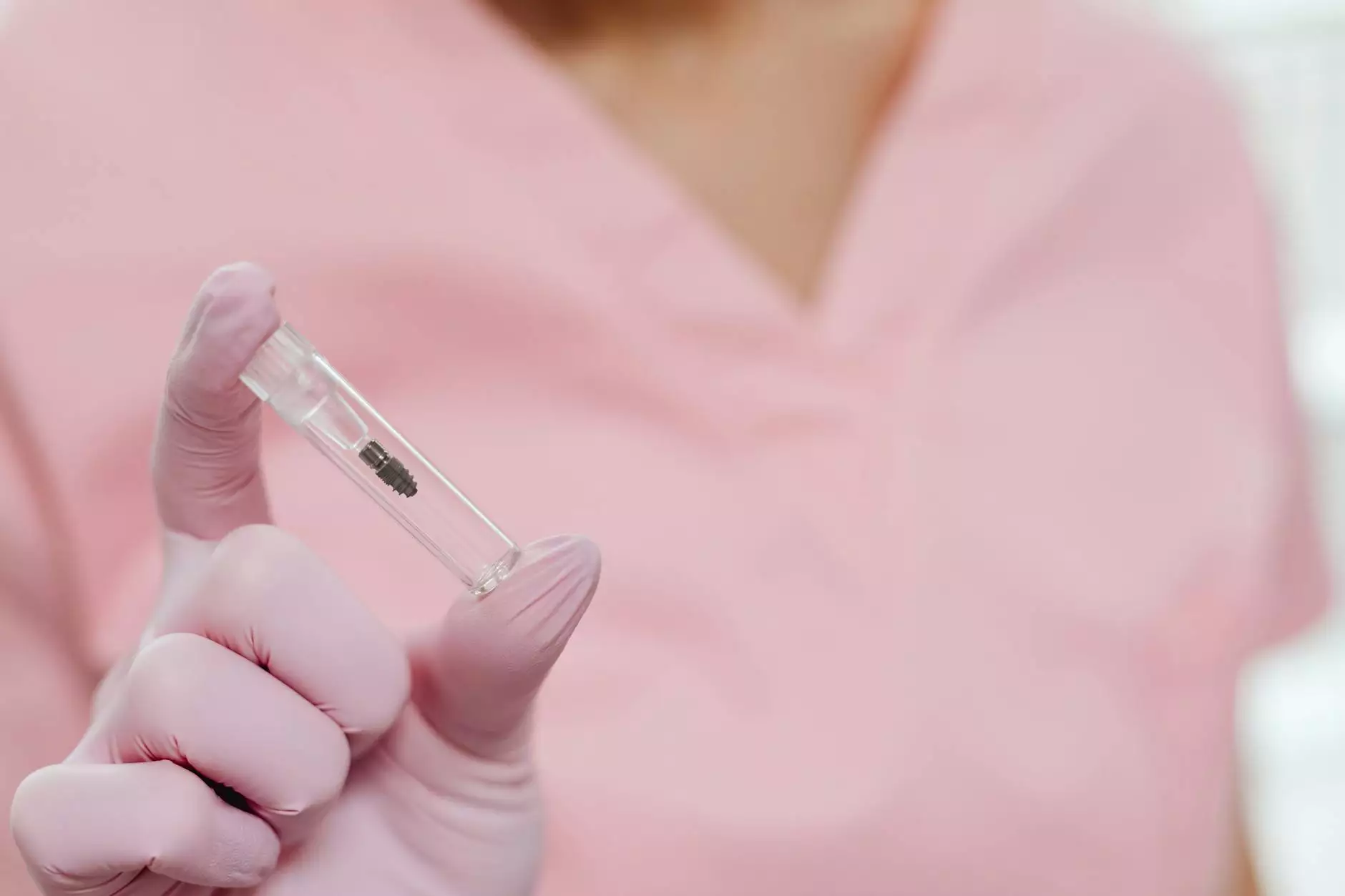Understanding Restless Leg Syndrome and Its Effective Treatments

Restless Leg Syndrome (RLS) is a neurological condition that significantly affects the quality of life of those who suffer from it. Characterized by an overwhelming urge to move the legs, particularly during periods of rest, RLS can disrupt sleep, hinder daily activities, and lead to considerable discomfort.
In this article, we delve deep into the various restless leg syndrome treatment options, exploring both traditional and alternative therapies. Our aim is to provide you with valuable insights and potentially life-changing solutions.
What is Restless Leg Syndrome?
Restless Leg Syndrome is a chronic disorder that causes an uncontrollable urge to move your legs, typically in the evening or at night while sitting or lying down. Symptoms can include:
- Discomfort: Unpleasant sensations in the legs, described as creeping, crawling, or tingling.
- Urge to Move: An irresistible urge to move the legs to relieve discomfort.
- Sleep Disruptions: Insomnia and fragmented sleep due to symptoms occurring during the night.
The Importance of Diagnosis
To tailor an effective restless leg syndrome treatment, proper diagnosis is crucial. A healthcare professional will assess symptoms, medical history, and conduct necessary tests to rule out other conditions. This step is vital in determining the most effective interventions.
Common Causes of RLS
While the exact cause of RLS is often unknown, various factors may contribute to its development:
- Genetics: Family history can increase the risk of developing RLS.
- Chronic Conditions: Diseases like kidney failure, diabetes, and Parkinson’s disease are associated with RLS.
- Medications: Certain drugs, including antidepressants and antihistamines, can exacerbate symptoms.
- Lifestyle Factors: Stress, caffeine, and alcohol consumption can trigger or worsen symptoms.
Traditional Treatments for Restless Leg Syndrome
The cornerstone of managing RLS involves various traditional treatment options. Below are the most recommended approaches:
1. Medications
Medications are often the first line of defense in managing RLS. Commonly prescribed drugs include:
- Dopaminergic Agents: Medications such as Ropinirole and Pramipexole increase dopamine levels in the brain, helping to mitigate symptoms.
- Gabapentin: Originally designed for treating seizures, Gabapentin has proven effective for RLS, particularly those with neuropathic pain.
- Iron Supplements: For individuals with low iron levels, supplementation can be beneficial, as iron deficiency is linked to RLS.
2. Lifestyle Changes
Incorporating lifestyle adjustments can significantly alleviate RLS symptoms. Consider the following:
- Regular Exercise: Moderate physical activity can help enhance blood circulation and reduce symptoms.
- Sleep Hygiene: Establishing a regular sleep schedule and creating a restful environment can improve sleep quality.
- Avoiding Stimulants: Reducing caffeine and alcohol intake can help manage and decrease symptoms.
Alternative Treatments for Restless Leg Syndrome
In addition to traditional approaches, many individuals seek alternative treatments for relief from RLS symptoms. Here are some popular options:
1. Stretching and Leg Massages
Gentle stretching of the legs before bedtime can provide immediate relief. Many find that massaging the legs helps in reducing discomfort associated with RLS.
2. Hot and Cold Therapy
Applying heat or cold to the legs can also ease symptoms. Many patients alternate between hot and cold packs to find a solution that works best for them.
3. Acupuncture
Acupuncture has been reported to help some individuals manage RLS symptoms. The practice may help in balancing the body's energy and relieving discomfort.
Home Remedies for Restless Leg Syndrome
Many individuals find relief from RLS symptoms through natural remedies. Here are some home-based strategies:
- Warm Baths: Taking a warm bath before bedtime can relax muscles and promote better sleep.
- Herbal Teas: Herbal remedies like chamomile or valerian root may help in calming the nervous system.
- Magnesium and Folate: Incorporating foods rich in magnesium and folate can support nervous system health.
The Role of Nutrition in Managing RLS
Diet plays a crucial role in managing RLS symptoms. A balanced diet rich in essential nutrients can help. Consider the following nutritional tips:
- Iron-Rich Foods: Include foods such as spinach, lean meats, and lentils to support iron levels.
- Antioxidants: Fruits and vegetables high in antioxidants may help combat inflammation that can trigger RLS.
- Hydration: Staying well-hydrated is essential; dehydration may exacerbate symptoms.
When to See a Doctor
While many individuals manage their RLS symptoms at home or through lifestyle changes, it is crucial to seek medical attention in certain situations:
- If symptoms significantly disrupt your sleep or daily life
- If over-the-counter or lifestyle remedies provide little to no relief
- If you experience symptoms that worsen or change unexpectedly
Conclusion
Restless Leg Syndrome is a challenging condition, but understanding its underlying causes and available restless leg syndrome treatment options can empower you to take control of your health. From medications to lifestyle changes and alternative therapies, a wide array of solutions is available.
At trufflesveinspecialists.com, we help connect patients to expert care in Vascular Medicine. Our team of specialists is dedicated to providing personalized treatment options tailored to your needs. Don’t let RLS disturbances dictate your life; reach out to us for comprehensive evaluations and treatments designed specifically for you.









